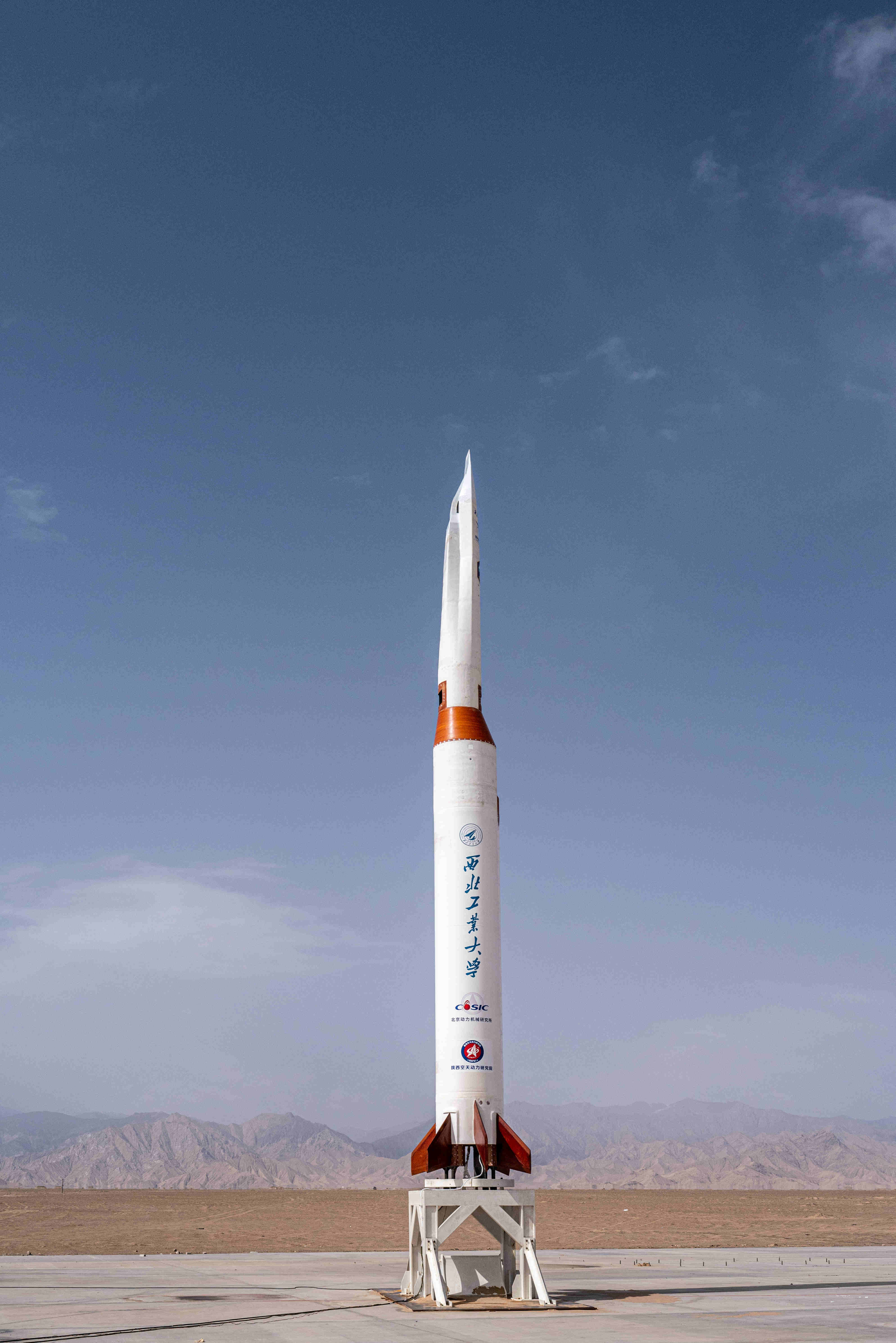On March 28, 2024, China announced the development of a guided anti-aircraft missile capable of hitting aerial targets over two thousand kilometers away. This new missile, 8 meters in length and weighing 2.5 tons, can be launched from mobile platforms. Designed to target radar planes and long-range bombers, this system marks a significant advancement beyond the current anti-aircraft missile capabilities, which typically have a range of only a few hundred kilometers.

Researchers from Northwestern Polytechnical University, who played a crucial role in the missile’s development, faced the challenge of creating a long-range anti-aircraft missile not exceeding 10 meters in length and weighing up to 4 tons. The outcome exceeded these parameters, resulting in a defensive missile system that is 8 meters long and weighs 2.5 tons, while also being cost-effective to produce.
Although the missile has not yet been deployed by the Chinese military, it is described as playing a crucial role in enhancing the country’s defense capabilities. Chinese scientists aim to address the challenge of target designation over long distances with the assistance of reconnaissance satellites, thus offering a solution to one of the major challenges associated with the use of long-range weapons.
The missile system operates in two stages: a solid rocket motor facilitates vertical takeoff, followed by a ramjet engine that propels the missile through the upper atmosphere. Navigation and trajectory correction of the missile will be achieved through satellite navigation, with real-time guidance and correction from satellite data until it activates its sensors for the final approach, detonating its payload when it reaches an effective destruction range.
